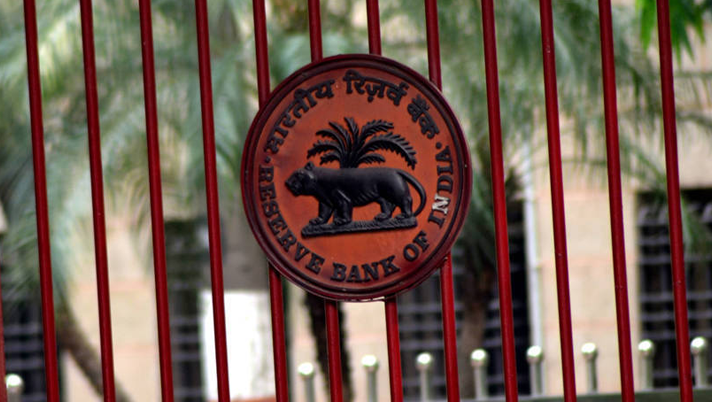KKR Real Estate Finance (KREF): A Deep Dive into That Eye-Catching 10.9% Yield - Is It Sustainable?

In the current market landscape, finding investments offering substantial dividend yields can feel like striking gold. KKR Real Estate Finance (KREF) certainly fits that bill, boasting a compelling 10.9% dividend yield. However, with the stock trading at a significant 36% discount to its Net Asset Value (NAV), questions naturally arise: Is this yield sustainable? And is KREF a worthwhile addition to your portfolio?
This article provides a thorough examination of KKR Real Estate Finance, exploring its business model, financial performance, dividend coverage, and the factors influencing its valuation. We’ll delve into the risks and opportunities associated with this investment, ultimately offering a reasoned perspective on whether to hold, buy, or avoid KREF stock.
Understanding KKR Real Estate Finance
KKR Real Estate Finance is a business development company (BDC) that primarily invests in debt and equity securities of real estate companies. They focus on providing capital to companies involved in various segments of the real estate market, including hotels, apartments, industrial properties, and healthcare facilities. Their strategy involves providing flexible financing solutions, often to companies that may not qualify for traditional bank loans.
The Attractive Dividend Yield & NAV Discount
The headline-grabbing 10.9% dividend yield is undoubtedly a major draw for income-seeking investors. However, it’s crucial to understand the context. The 36% discount to NAV is a significant red flag that warrants careful scrutiny. This discount suggests that the market believes the underlying assets of KREF are worth less than what the company reports on its balance sheet. Several factors could contribute to this discount, including concerns about rising interest rates, a potential slowdown in the real estate market, and the specific types of real estate assets in KREF’s portfolio.
Dividend Coverage: The Key Question
The sustainability of the dividend is directly tied to dividend coverage. Dividend coverage measures the extent to which a company’s earnings can cover its dividend payments. A coverage ratio below 1.0x indicates that the company is paying out more in dividends than it’s earning, which is unsustainable in the long run. While KREF has historically maintained decent dividend coverage, recent economic headwinds and rising interest rates have put pressure on this metric. Investors need to closely monitor KREF's future earnings and cash flow to ensure the dividend remains secure.
Risks and Opportunities
Risks: Rising interest rates are a major headwind for KREF, as they increase borrowing costs for the companies in which KREF invests and can depress real estate valuations. A potential economic recession could also negatively impact the real estate market and KREF’s portfolio. Furthermore, the discount to NAV represents a significant unrealized loss, and there's no guarantee it will narrow.
Opportunities: KREF's flexible financing approach allows it to capitalize on opportunities in the real estate market that traditional lenders may miss. The current discount to NAV could present a buying opportunity for long-term investors who believe in the company’s management team and strategy. If interest rates stabilize or decline, it could provide a boost to KREF’s earnings and asset values.
The Verdict: Hold, Buy, or Avoid?
KKR Real Estate Finance presents a complex investment proposition. The high dividend yield is enticing, but the significant discount to NAV and the challenges posed by rising interest rates raise concerns. For investors with a high-risk tolerance and a long-term perspective, a hold rating may be appropriate. However, those seeking stability and capital preservation should exercise caution. Further monitoring of dividend coverage and the overall health of the real estate market is essential before making any investment decisions. A buy recommendation would require a narrowing of the discount to NAV and improved dividend coverage metrics.






